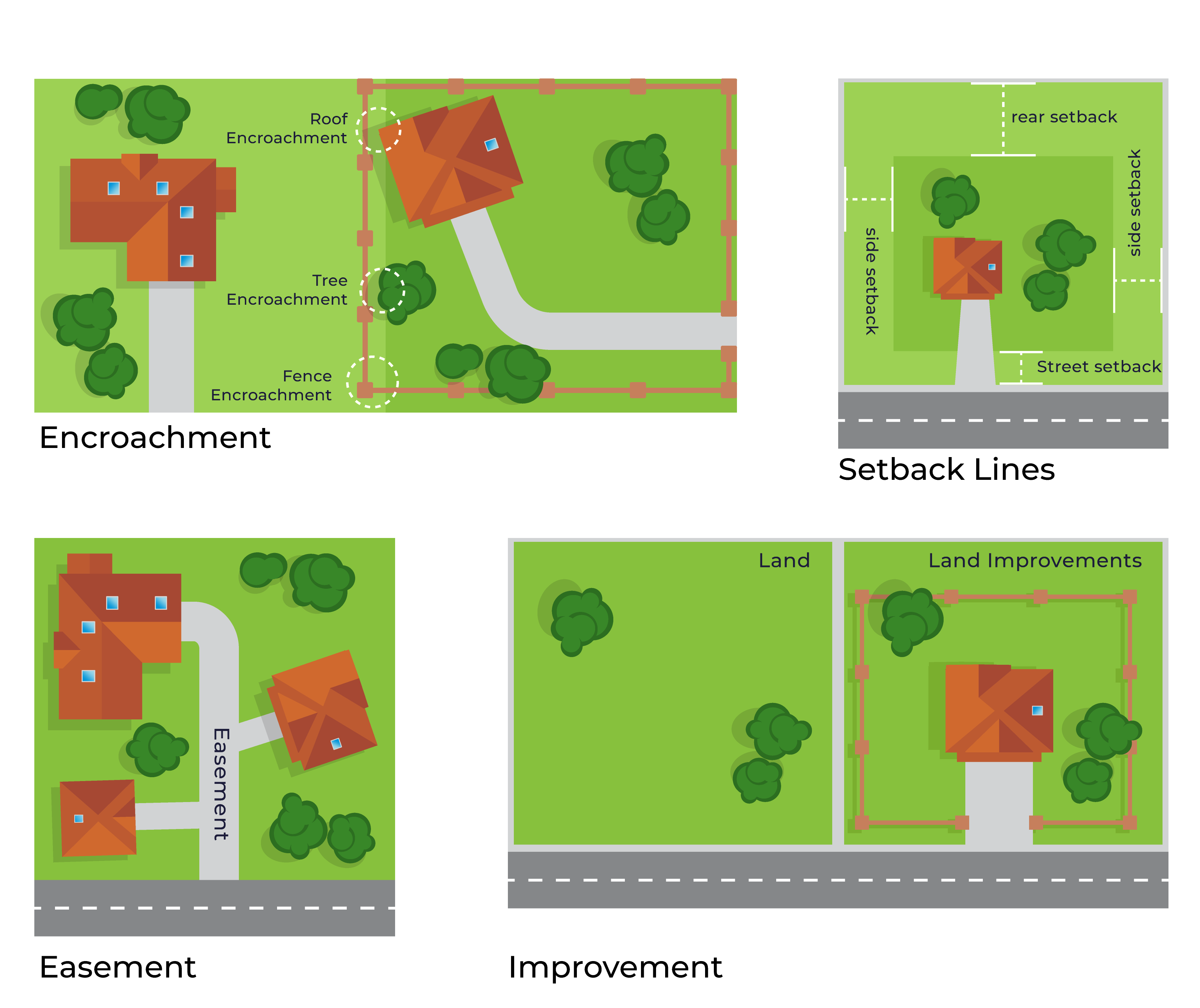What is the Florida Form 9? Read this post to understand the importance of this form and its necessity for a mortgage approval.
The Florida Form 9 or just Form 9, is a type of title insurance policy endorsement that allows title companies to issue insurance policies to safeguard the lender against loss or damage resulting from violations of the deed restrictions, encroachments, and set back lines existing as of the date of the policy.
These issues, if present, are usually revealed after a property inspection has been carried out by a professional.
Table of Contents
- What are some terms important to understanding Form 9?
- SECTION 1 - General Conditions of the Insurance
- SECTION 2 - Protection Against Future Violations
- SECTION 3 - Encroachment Due to Improvements
- SECTION 4 - Protection of Lender Against the Removal of Land
- SECTION 5 - Right to Maintain Existing Improvement
After form 9 is received, the lender can be sure of the fact that no illegal changes, such as encroachment into the neighbor’s property, or an easement, or other similar changes have been made by the property owner. This is why Form 9 serves as an important document to issue a lender’s title policy that the lender can rely on and approve the mortgage.
Form 9 generally costs around $250 for a mortgage of $500,000. So if you are looking at a mortgage in the range of $200,000 - $300,000, expect to pay anywhere from $120 to $140 on top of an existing Florida lender's title insurance policy. You can also use our free Florida title insurance calculator to calculate both your lender's and owner's policy premiums.
Before we dive more into this, you might want to familiarize yourself with a few terminologies that frequently appear in the form.
What are some terms important to understanding Form 9?
- Encroachment. A situation in real estate where a property owner violates the property rights of his neighbor by building on or extending a structure to the neighbor's land or property intentionally or otherwise
- Easement. An easement is a non-possessory right to use and/or enter onto the real property of another without possessing it.
- Loan Covenant. A loan covenant is a condition that requires the borrower to fulfill certain conditions or which forbids the borrower from undertaking certain actions.
- Improvement. Improvements to real property are generally developments of land or structures on the property that do more than merely replace, repair, or restore the original condition
- Set back lines. Permitted distance of a house or structure from the front, side, and rear property lines. Setbacks allow for access to underground utilities and establish distance between properties.
Now that we are familiar with the technical terms used in Form 9 let’s get deeper into the sections of the form and what they really mean.
Form 9 can be divided into five different sections. Let’s take one section at a time and explain.
SECTION 1 - General Conditions of the Insurance
The first part of the form says that the policy is issued against loss and damage when the insured mortgage can be divested, extinguished or its enforceability and validity are damaged due to covenants, restrictions, or conditions.
It also states that the insurance is issued against existing discrepancies pertaining to enforceable covenants, conditions, restrictions, existing improvements on the land, etc. that violate setback lines as appears in public records. The same conditions also apply to similar conditions in schedule B (if listed).
Additionally, the policy also safeguards against conditions that establish easement on the land, provides a lien for liquidated damages, provides for an option to purchase, a private charge or assessment, and much more.
The first part also safeguards the lender against encroachment into the adjoining land and on the land along with encroachment into the existing improvements into adjoining land and on land. It also protects against any notices issued due to violation of covenants, restrictions relating to environmental protection, etc.
The Company insured the owner of the indebtedness secured by the insured mortgage against loss or damage sustained by reason of:
- The existence, at Date of Policy, of any of the following:
- Covenants, conditions, or restrictions under which the lien of the insured mortgage can be divested, subordinated or extinguished, or its validity, priority, or enforceability impaired.
- Unless expressly excepted in the Schedule B
- Present violations on the land of any enforceable covenants, conditions, or restrictions, or existing improvements on the land that violate any building setback lines shown on the plot of subdivision recorded or filed in the public records.
- Any instrument referred to in schedule B as containing covenants conditions or restrictions on the land that, in addition, (A) establishes an easement on the land, (B) provides a lien for liquidated damages, (C) provide a private charge for assessment, (D) provides for an option to purchase, a right of first refusal, for the prior approval of a future purchaser or occupant.
- Any encroachment of existing improvements located on the Land onto adjoining land or any encroachment onto the land of existing improvements located on adjoining land.
- Any encroachment of existing improvements located on the land onto the portion of the land subject to any easement except in schedule.
- Any notices of violation of covenants condition or restrictions related to environmental protection recorded or filed in public records.
SECTION 2 - Protection Against Future Violations
The lender is also protected for future violations that may arise due to violations of existing covenants, conditions, restrictions that may happen before the acquisition of the title and may lead to invalidity, the un-enforceability of the lien of the insured mortgage, or loss of title.
Any future violation on the land of any existing covenants, condition, or restrictions occurring prior to the acquisition of the title to the estate or interest in the land by the insured, provided the violation result in:
- Invalidity loss of priority or unenforceable ATI of the lion of the insured mortgage; or
- Loss of title if the insured shall require title in satisfaction of the indebtedness secured by the insured mortgage
SECTION 3 - Encroachment Due to Improvements
The third part covers improvements such as laws, trees, and shrubs that are present or encroach upon the portion of the land in the current time as well as the future.
Damage to existing improvements including long skirt and shrubbery, or trees:
- Which are located on or upon the portion of subject to any easement accepted in schedule B which damage results from the exercise of the right to maintain the reason for the purpose for which it was granted or reserved.
- Resulting from the future exercise of any right to use the surface of the land for the extraction or development of minerals excepted from the description of the Land or excepted in Schedule B.
SECTION 4 - Protection of Lender Against the Removal of Land
The lender is also protected against a court order or judgments that may require the removal of any land beside the land of any encroachment.
Any final Court order or judgment requiring the removal from any land adjoining the land of any encroachment accepted in schedule B.
SECTION 5 - Right to Maintain Existing Improvement
The last part of the form implies that the lender is also protected against court judgments that deny the right to maintain an existing improvement due to violation of covenants or restrictions.
Any final Court order or judgment denying the right to maintain any existing improvements on the land because of any violation of covenants, conditions, or restrictions, or building setback lines shown on a plat of subdivision recorded or filed in the public record.
Form 9 is an important document for the lender that safeguards them and takes the transaction forward. It is imperative to mortgage approval and often demanded during loan origination.






